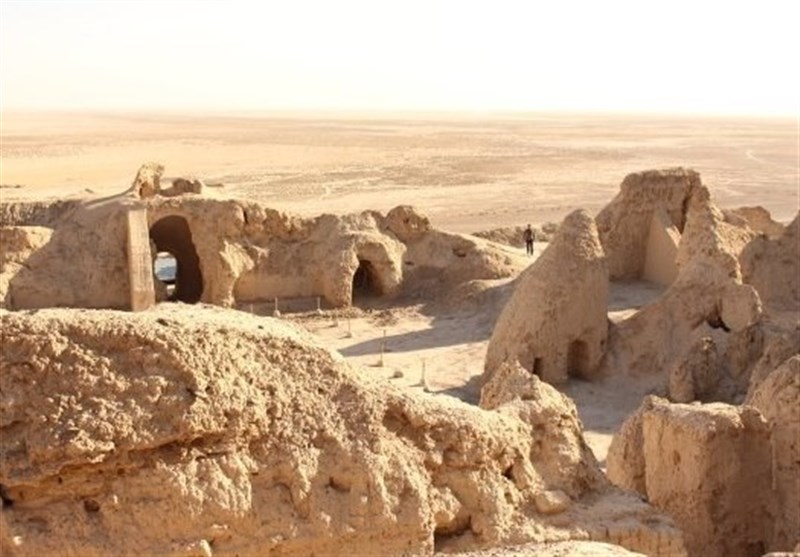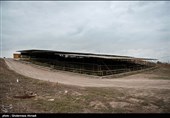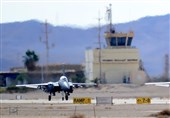Mount Khwaja, Eyewitness to Iranian History
TEHRAN (Tasnim) - Iran's Sistan and Balouchistan Province is steeped in ancient history datable to over 5000 years and boasts of the most significant archeological and historical sites in the country.
The Sistan region has long been a prosperous land where the Bountiful Nature had made it a great site for social and political communities to flourish.
One of the most famous sites in the region is the Khwaja Mountain located some 30 kilometers southwest of the city of Zabol in the southeastern region of Iran.
The flat-topped black basalt mountain is known as the largest unbaked mud construction and the only natural heights remaining in the area.
Situated 609 meters from sea level, Khwaja Mountain contains some of the most remarkable relics of the Parthian, Sassanid and Islamic eras.
The mountain houses a palace, a fire temple, a Buddhist monastery, a group of small temples, a graveyard and a pilgrimage center which has given its name to the site.
The Khwaja Mehdi Mausoleum houses the tomb of Khwaja Mehdi-ibn-Mohammad Khalifa, a descendent of the first Shiite Imam, Imam Ali (AS) and attracts streams of pilgrims during religious festivals.
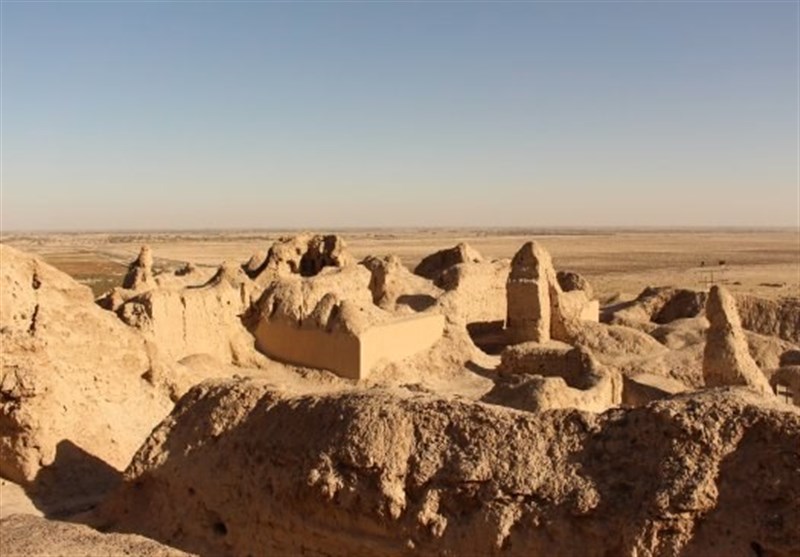
The Mount Khwaja Complex was first identified by British archaeologist A. Stein in 1916 and later excavated by German archaeologist E. Herzfeld.
Some 11 monuments were also unearthed at the site by the former provincial Cultural Heritage Department in 1991.
The Buddhist monastery at Mount Khwaja was uncovered by Stein in 1916, developing the theory that Buddhism originated in Iran and later nurtured in modern India, Afghanistan and Pakistan.
Herzfeld's findings also indicated that the palace and the fire temple existed during the Parthian era and that the ruins of the southern slope, known as Kuk-u Kohzad, date back to the 1st century BCE.
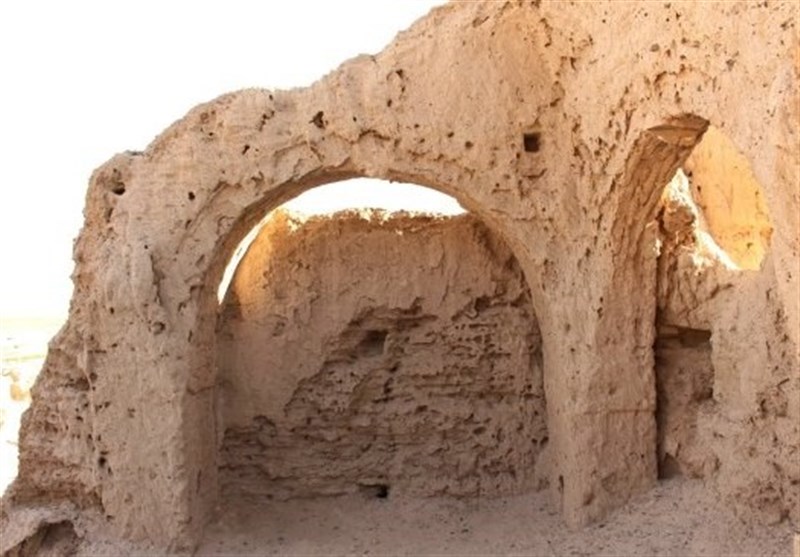
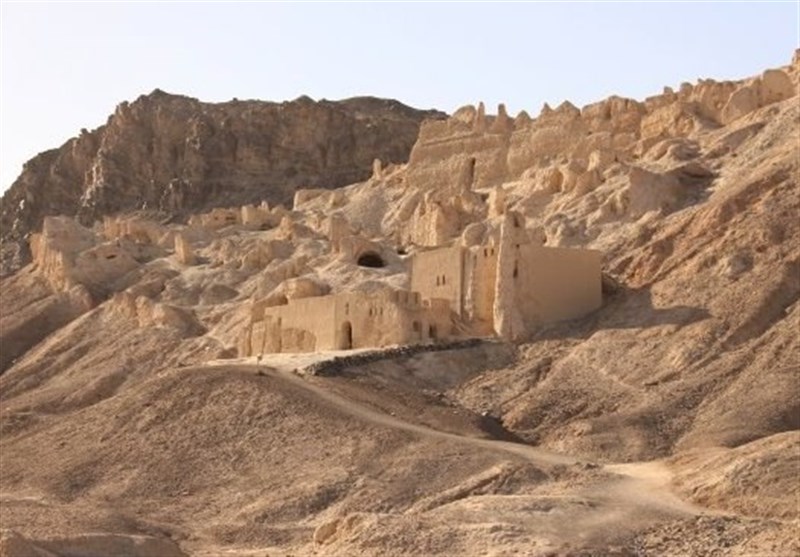
The diverse architectural decorations used in the complex show the significance of the site throughout different historical periods.
Traces of Greek architecture can be seen in some of the mountain's castles, while the lotus flower patterns conjure up the Achaemenid art.
The oldest structure found at the site is a Parthian fortress on the mountain's eastern slope, which is known by different names such as Rostam's castle, the Kaferun castle and Kohan Dezh.
The fortress bears Sassanid bas-reliefs depicting three horse-riders. Studies have also found traces of reliefs inscribed after Sassanid soldiers conquered the fortress.
Source: Iran Review
